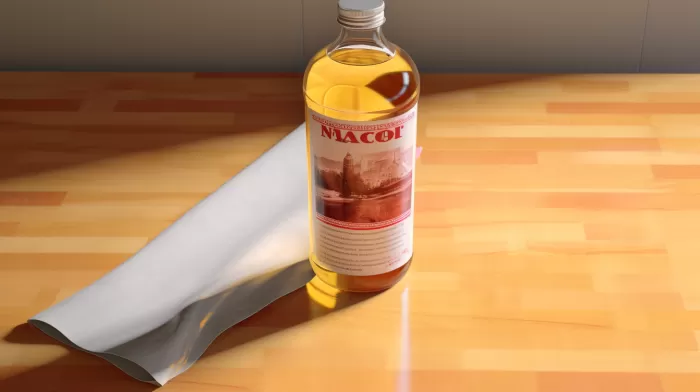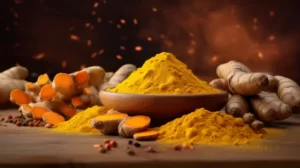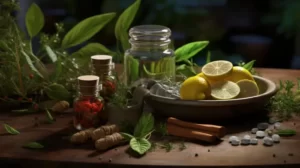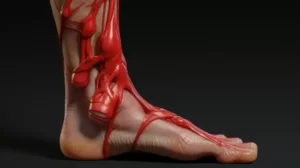Warts are tough business. They come on suddenly, can spread quickly, and they take months to eradicate—if you are finally able to do so. The standard over-the-counter and physician-administered treatments — like salicylic acid and freezing and surgical removal — do not work well, often make the warts multiply and are painful options. This article will provide you with more effective, cheap, and easy alternatives to handle warts.
What exactly are warts?
Warts are viral infections – a strain of the human papillomavirus (HPV) — that begin on the skin’s top layer and are able to move into the skin below the surface. While they can happen just about anywhere, the most common places people get warts are on the soles of the feet and on the fingers. There are several different types of warts to be aware of.
- Plantar warts: found on the soles of the feet, they tend to hurt when pressure is placed on them while walking or doing sports. The virus can be picked up at places like gymnastic and karate studios, public lockers, and other places where bare feet are the norm. Plantar warts are most commonly found among kids aged 12-16.
-
Flat warts: generally located on the back of the hands and on the face, as the name implies, they are flatter than other types of warts.
-
Genital warts: those located on the reproductive areas (the pubic regions, between thighs, and on or in the genitals).
Prevent their spreading
Because warts are viruses, they are contagious. That means, touching the wart and then touching another part of the body, yours or someone else’s, may cause the virus to spread. Kids love to pick at things, especially things on their own bodies. But this can cause the wart to spread to a wider area, and even a distant area, from the fingers which touched the wart and then rub another part of the foot or hands.
The best way to prevent warts from spreading, and getting worse, is not to touch them. Picking at them, rubbing them, trying to file them down or cut them with nail clippers are bad things to do. And if someone has done these things, be sure not to touch those files or clippers yourself, or you may develop a wart as well.
While warts do tend to come and go on their own, it does take from six months and often up to several years for them to disappear. And in many cases, they do reappear. They are viral, after all.
Mainstream treatments
If you think you may have genital warts, the best advice is to have your reproductive areas thoroughly checked by a healthcare professional. It is difficult to give blanket advice on these as there may be other issues concurrent with warts, so medical advice is the best option.
Plantar and flat warts, however, are less tricky to treat. Over-the-counter and prescription strength salicylic acid and “freezing” therapies are common treatments. Application of 40 percent salicylic acid as gel or patch over the area, which is then covered with a bandage, often helps. Application of the liquid nitrogen device to freeze the wart also can help. Both of these are supposed to help with pain and discomfort while killing the wart.
The problem is, as many people have found, these treatments are actually painful and they do not work as well as advertised.
Diet and supplementation
Because warts are a form of a virus, they have a greater chance of developing in someone with a weakened immune system. The best way to strengthen your immune system, to be healthy overall while also helping to reduce your chances of contracting warts, is to adjust your lifestyle.
Get daily exercise and plenty of rest at night, and watch out for allergens in the foods you eat that can weaken your immune system. These include: dairy products, wheat (gluten), sugar, soy, corn and all genetically modified (GMO) and processed foods.
Supplements like green tea extract (or just drinking green tea), reishi mushroom, cat’s claw, olive leaf extract, and the B-vitamins do wonders for helping support the immune system.
Apple cider vinegar to the rescue
Apple cider vinegar (ACV) is great for so many things. It’s useful for cooking, taking as a supplement, and now for treating warts. It works faster and with less pain than the freezing or acidic treatments.
Each evening, simply soak a small piece of cotton in ACV, enough to cover the wart size. Then place the soaked cotton over the wart, cover with a bandage, and leave on overnight. The next morning, remove the covering and simply cover the wart with a bandage (and sock if on foot), so as not to irritate or spread the virus. The treatment is soothing for the area and reduces the callous covering the wart quickly. After a few weeks, the wart comes off with the bandage removal. At this point, be sure to repeat the evening process for a few more nights to ensure the virus is gone.
All-powerful duct tape
Duct tape is one of the most versatile things to have in the home, and another remedy for warts is to simply wrap the finger, hand, or foot area where the wart is with duct tape. Leave it covered for two to three weeks, then when you remove the tape, the wart comes off with it. Others say to leave the tape on for a week, take it off for two days, then repeat. It seems this works by suffocating the wart, which because it is on the skin needs oxygen to survive. The duct tape smothers and kills it.
The best advice
To reduce the chances of contracting plantar warts or spreading them to others:
- Keep hands and feet clean, dry, and protected
- Do not walk barefoot in public areas, or even at home
- If you have open cuts, sores, or blisters, be careful not to walk barefoot in moist, warm public spaces – gyms, saunas, pools, showers, etc.
- Wearing socks, gym shoes, flip-flops, or slides will help
And if you do have them, or have children with them, give apple cider vinegar and/or duct tape a try.



